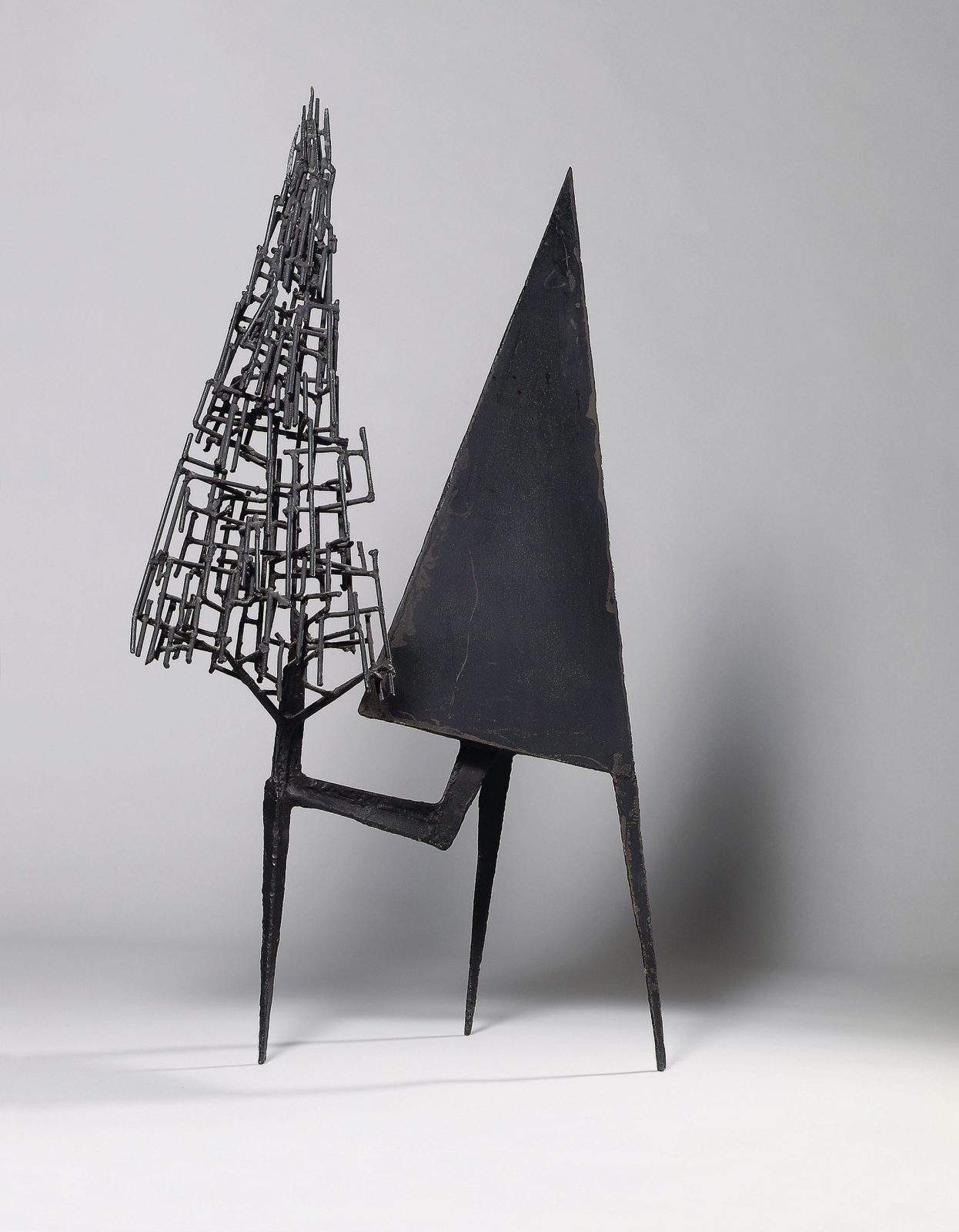Chris Ingram was interviewed by Discerning Eye’s Chief Executive, Tony Humphreys, for their Autumn newsletter. Here’s what he had to say about his selection for this year’s exhibition, and his approach to collecting art:
Chris, since 2002 you have been building one of this country’s foremost and most significant collections of Modern British Art. When did you first become interested in art?
The moment I became passionate about art was in the late 1960s. While touring the Hermitage Museum in St Petersburg, I came across a large room full of Impressionist paintings. It was a eureka moment! Collecting began much later and only started seriously when I discovered, by accident, Modern British Art some 12 years ago. I was attending viewings of auctions at Christie’s and Sotheby’s – but not buying much at that stage – and thought that much of the work of British artists that I liked was under-rated and under-valued. The specialists told me that the art to which I kept being attracted was all from the same period (mainly 1910-1960), was called Modern British Art, and was unfashionable. It was then that I decided to build a painting and sculpture collection concentrating on that period.
Can you remember the first piece of art you bought and why you bought it?
It was a pen and ink drawing bought off the streets for $10 in New York, certainly over 30 years ago. It was a portrait of an old man – was he begging and pathetic or was he threatening? It wasn’t clear – and wasn’t to others. Interesting that that aspect of work I like has not changed at all!
You are known for encouraging people to buy what they like. How eclectic are your tastes and have they changed over the years? If so how?
My taste is still heavily figurative but I would agree that it has shifted slightly – only at the edges. The core work hasn’t changed. I’m moving away from the ‘comfortable’ to the edgy – some would say dark – but the major point with everything I buy is that I have to be able to look at it again and again. It has to have something that keeps drawing me in. A more significant shift for me is that I’m getting more interested in contemporary art, particularly in young talent and what they are doing. Also the way that outsiders and disadvantaged groups paint and draw.
You have bought works by some of our greatest British sculptors for your collection. Have you invited any sculptors/selected any sculpture for Discerning Eye?
The Ingram Collection contains nearly 100 examples of 20th Century British Sculpture, ranging from preparatory maquettes to monumental bronzes. Although few Modern British artists are still with us today, Geoffrey Clarke has been blessed with longevity, and as such I was delighted to be able to invite him to participate in this year’s ING Discerning Eye. He exhibited at the famous 1952 Venice Biennale and was part of that exciting ‘young’ generation of British sculptors which included Robert Adams, Kenneth Armitage, Reg Butler, Lynn Chadwick, Bernard Meadows, Eduardo Paolozzi and William Turnbull, examples of whose works all feature in The lngram Collection. There are five works by Geoffrey Clarke in The Ingram Collection, including Square World 1-V (1959), a piece of public sculpture which was one of the first made in aluminium.
Can you tell us about some of your invited artists?
The ING Discerning Eye exhibition has given me a welcome opportunity to invite some of the young contemporary artists whose work I had seen at the 2014 degree shows to be part of my selection. There is probably a 60-70 year gap between my young and emerging artists and the well-established Modern British ones; hopefully an interesting combination!
In the young, contemporary talent category are Nashrath Lameer, Ellie Preston and Emma Vidal.
I’m also interested in the effect of art on disadvantaged groups – whether that is prisoners, people with mental health issues or learning difficulties. This is why I asked an artist called Dena to submit works to the show. I’m really fascinated by the way they approach art. Not so much the ones that become technically accomplished – which is great – but it’s the raw emotion in their art which fascinates me.
Did you have an advance plan or themes in mind for how you were going to approach your selection for Discerning Eye?
Well, I just thought “I’ll choose what I really like: what would I want to buy?” This proved too idealistic on the day!
Can you tell our readers what’s coming up for the Ingram Collection?
Creating wide public access to The Ingram Collection will continue to be important to me. Through public exhibitions and loans, I want as many people as possible to have the opportunity to enjoy and/or study in depth what has grown to become the biggest privately owned publicly accessible collection of Modern British Art.
As I’ve mentioned, recently I have become increasingly interested in contemporary art – and The ING Discerning Eye has been a further catalyst in encouraging this interest both in art in general and Modern British Art in particular. I think it’s sad that so many people are too frightened to venture an opinion on art that they do and don’t like. Yet they’re quite happy to give an opinion on music, for example. Anything I can do to change that will be great.

